A digital workplace without a digital strategy?
It simply doesn't work!
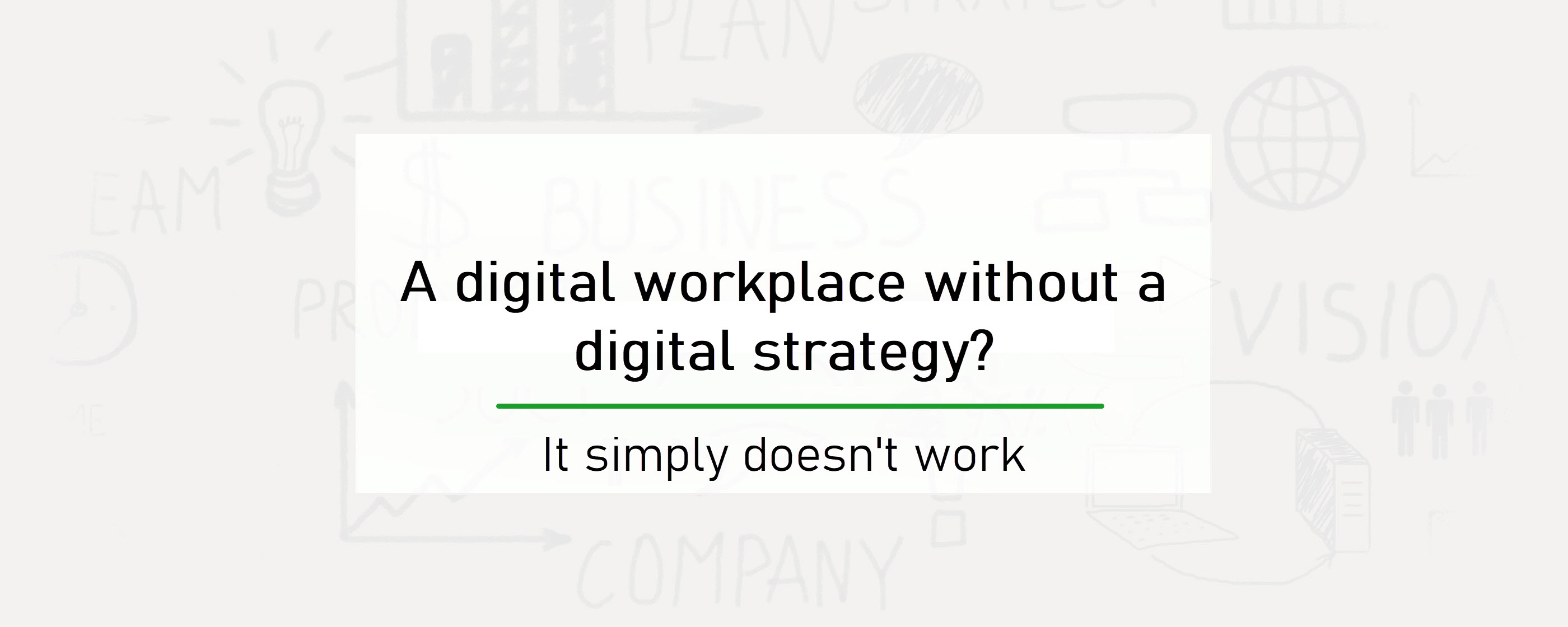
We are at the beginning of 2021 and we are still struggling with the Covid-19 crisis. This virus still affects our people and businesses. The latest figures from our government show that we are clearly over the peak of the second corona wave. With a vaccination strategy coming into place we have a ray of hope to hold on to. Nonetheless, caution is still necessary with a vivid virus around the corner that sparks exponential contaminations as soon as we let go of restrictions in human contact.
Stating that our economy is creaking, is kicking in an open door. Some companies must overcome crisis after crisis while other companies can continue their activities (more or less). But what is causing this difference and why is there such a big difference between companies?
Part of the cause can be traced back to the flexibility of a company to be able to carry out its activities. The more flexible the better, you could say.
Some companies are dependent on their own production and have a reduced customer base. Or they are unable to produce goods because their supply chain is impacted. Other companies are in an industry that was forced to close down because the risk of spreading the corona infection had become too high. Just think of the pubs and restaurants, as well as the travel and event industry. These are examples of industries which were confronted with force majeure and where there are few opportunities to be more flexible in the activities.
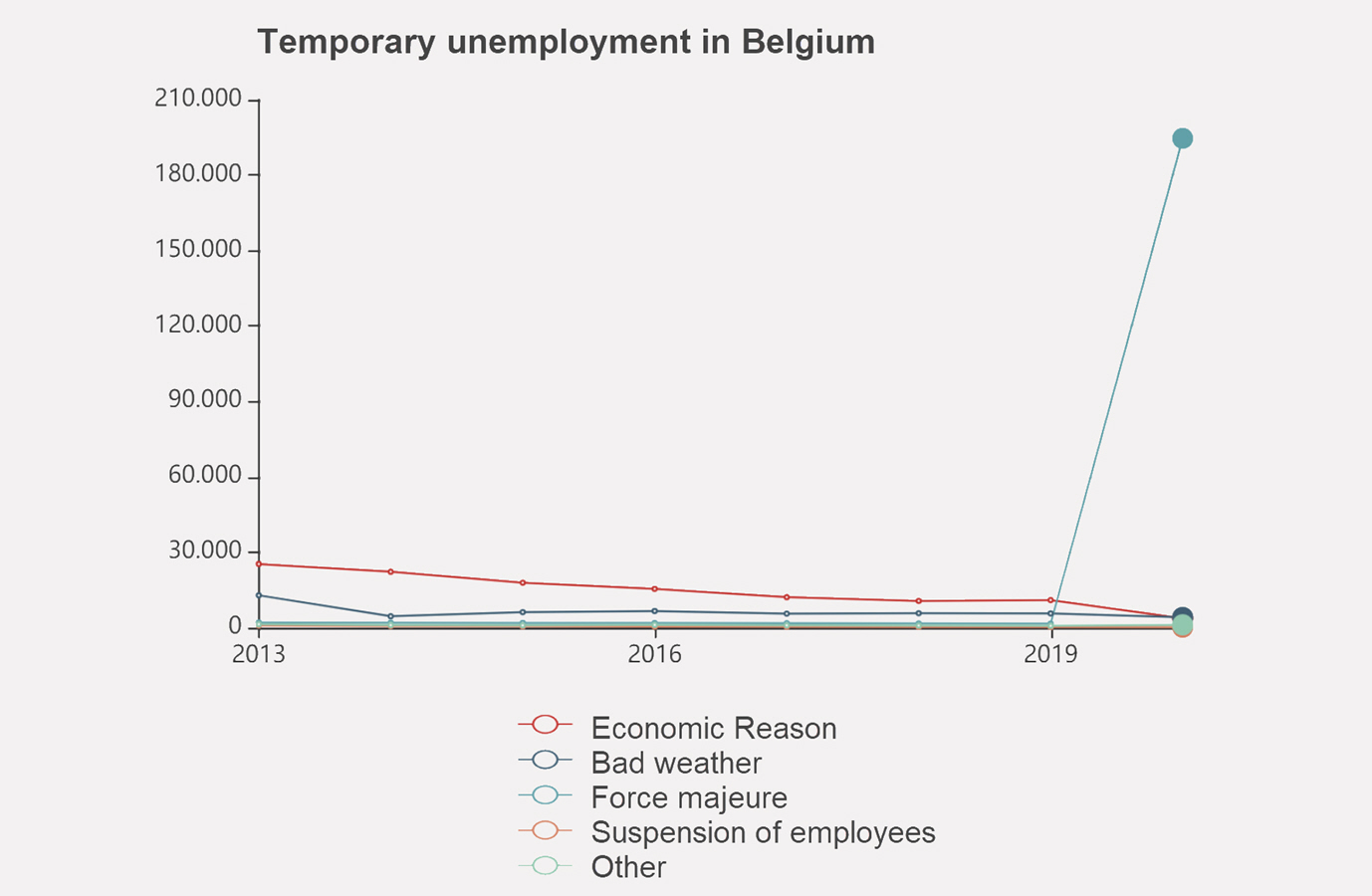
What about teleworking?
Apart from these specific industries, many companies had to undertake thorough internal changes in order to remain operational.
The obligation to work from home, teleworking as we know it, is an important example of this. If we look at the figures, we can see a huge increase in people working from home since the start of the Covid-19 crisis. Figures which, without this crisis, would not have been expected until around 2025.
With teleworking, employees are logging in to their workplace from their preferred location. In addition, this way of working ensures that the entire organization is more flexible and reacts faster to unforeseen circumstances. This is a great advantage to guarantee business continuity. Yet, teleworking is not possible without a thorough preparation. In particular, the creation of an efficient digital workplace.
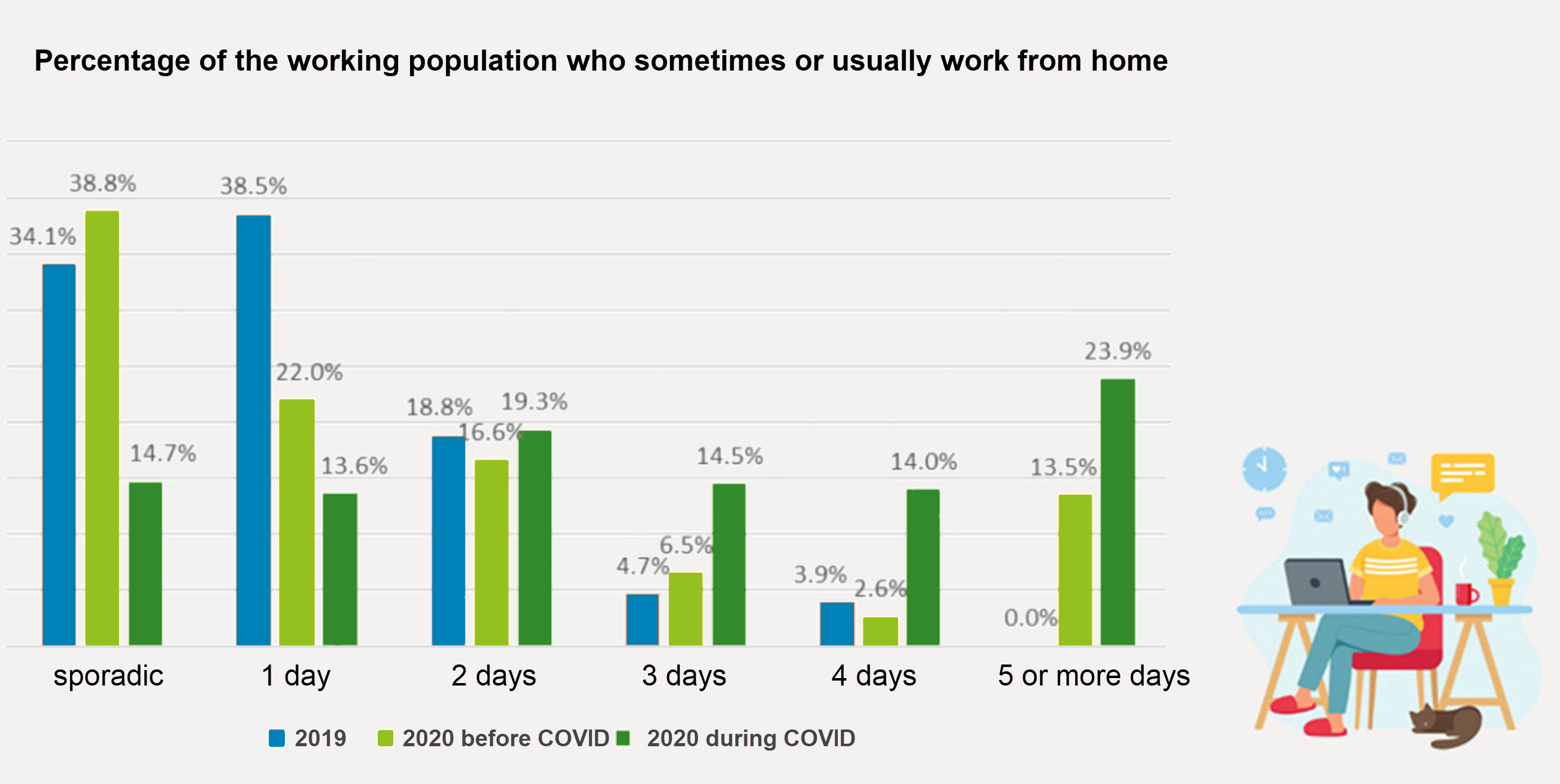
Conditions to get started
In a digital workplace, teleworking should always be possible. Employees who telework must be able to carry out their work efficiently, just like in the office. They must have a free choice about how, when and where they work on a device that complies with the safety regulations of their company. This can be at the office, in an office hub or, as is often the case nowadays, simply at home.
To make this way of working a success, clear and correct agreements need to be made. A good framework and the right ICT support are also essential. For example, employees must have a fast and reliable internet connection and access to the applications used must be secure.
It goes without saying that in addition to the hardware, sufficient attention must also be paid to the software that is being used. More and more companies choose to store their documents in the cloud. This way, they are easily, quickly and securely available from different locations and on different devices. Often these cloud packages also contain the necessary software tools to communicate with each other. From chatting and calling to attending meetings or giving presentations. Many companies already have a number of tools for this purpose in stock, but still have questions about the optimal use of them. Sometimes they are used for other purposes than what they were intendid for. Sometimes the existence of the tools is not, or not enough, known to all the employees. Sometimes there is no or insufficient support for users. And in a number of cases, the tools are even perceived as yet another project created by ICT with no relevant use case for other departments of the company.
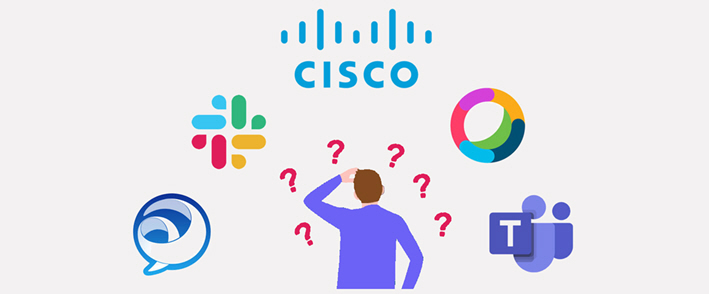
Start up
To prevent this from happening, it is useful to audit your company from time to time and list what is actually being used by the employees in the field of software tools. What works and what does not? What is experienced as positive and what is not? Is there enough knowledge to be able to use these tools efficiently? When the tools offered are insufficient, in some cases even alternative tools are used by the employees. Tools of which the management is unaware that they are circulating internally.
We often see these scenarios recurring in software for file sharing between colleagues or with external parties. In that case, public sharing platforms such as Share-File, Dropbox or even personal Cloud accounts such as Google Drive or OneDrive from Microsoft are used. However, none of these solutions are intended to share internal business documents. What about security, for example?
So, in order to build a digital workplace thoroughly, a plan is needed. A Digital Scan of your company is a must to start with!

A digital scan as a starting point for the change
VOKA and UNIZO took the initiative to carry out these Digital Scans. Just now, in the midst of the Covid-19 crisis, it is important for our companies to start digitizing more than ever. No wonder that it is even predicted that the market for software collaboration will more than triple within the next 5 years. With the increased pace of adoption we have embarked on a change that will likely stick in the future, a trend well recognized by VOKA and UNIZO.
Carrying out a digital scan is like responding to a questionnaire. It easily accessible and quick, but provides relevant insights into the state of digital adoption within an organization.
Think of it as a kind of baseline measurement from which you can build a strategy to take various actions. The questions from the scan are divided into several themes, which together should provide a complete picture of the current situation:
» Strategy:
“Do you have a formal strategy for digital transformation?"
» Organization:
“To what extent is digitization stimulated within your organisation?”
» Customers & suppliers:
“What is the impact of digitization on your customer and supplier relationships?”
» Infrastructure:
“Is your technological infrastructure sufficiently scalable to the next level of working digitally?"
» Production process:
“To what extent are the processes within the production process digitized?”
The result of this scan is a report with the score subdivided per theme and the parts to be included in it. Because these results are grouped per theme, it immediately becomes clear what the first steps should be to increase the scores. That is why these steps are also very action-oriented and contain clear guidelines.
So you are going to draw up a digital strategy, containing the various action points that apply to your company. This does not always have to involve very large investments... we often see that by means of a number of small interventions, it is still possible to take major steps forward within the company. For some companies it will even be a first introduction to a form of digital transformation.
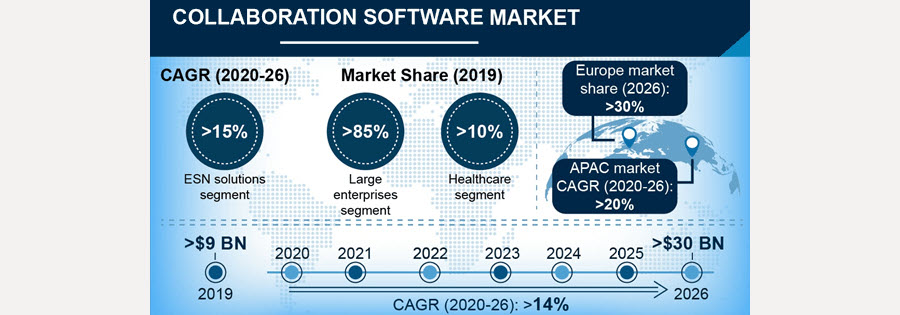
Transform into a digital workplace
Now that opportunities for improvement have been determined, the necessary actions can be started. The importance of a digital strategy clearly emerges at this stage, because it forms the guideline and step-by-step plan to which you can link the necessary actions, fully tailored to the needs of your organization.
Step 1: Analyze the needs of your employees, thoroughly
As a starting point, it is important to identify where the needs lie in terms of communication and collaboration between the employees of the company. Making a distinction between the different user profiles right from the start is strongly advised. This way you can determine exactly which profile needs which software tools, working methods and devices.
For example, a staff member of the accounting department will use very different software and devices than a sales representative who often goes on the road to visit customers. In this step, it is also important to map the knowledge required by the various profiles in order to be able to carry out their tasks properly and smoothly with these tools.
Step 2: Set up a roadmap
Depending on the results in step 1, it must be determined which ICT-environment is needed to create a new, better and more efficient digital workplace. Based on the requirements, a market study can be relevant in order to select the right application.
A roadmap should provide a guideline with regards to various elements. Which investments are required and within which timeframe can these be realized? Are there possible quick wins? Which approach and phases can be defined to accommodate different target audiences? Which internal roles are necessary? What needs to be done to transform the existing ICT-infrastructure into a new workplace? Which opportunities do cloud-hosted applications offer?
An important conclusion is to define clear and time-bound goals, addressing your organization’s needs and then draw an implementation plan which offers flexibility for change and new insights
Step 3: Implement a new digital workplace
Obviously, implementing a digital workplace requires a great deal of knowledge and expertise. Are there sufficient in-house resources to carry out the project? Is there sufficient maturity with regards to a structured project approach and methodology that fit with the organization?
In this phase, requirements will be translated into a functional and technical design of the tools and applications. These need to be evaluated with the end users. Depending on complexity, system integra-tions might be necessary.
An implementation phase requires organizational, functional and technical expertise. A balanced pro-ject team is essential.
Step 4: Analyze, manage and optimize your new digital workplace at all times
A digital workplace needs to be up and running around the clock, monitored and secured. This demands a lot of internal resources from an organisation. Can your organization meet these demands, or should additional investments and resources be considered? In addition, systems and processes also need to be continuously optimized. Being a real challenge to provide a comprehensive environment with the necessary support, external service providers can be of help.
Step 5: Train and support your employees
The key to success in transforming to a digital workplace depends entirely on the extent to which employees are willing to use this environment. After all, you don't want projects to that turns out to be unprofitable at the end.
Change management, training and professional support remain indispensable. Even after the implementation and the migration of the new project.
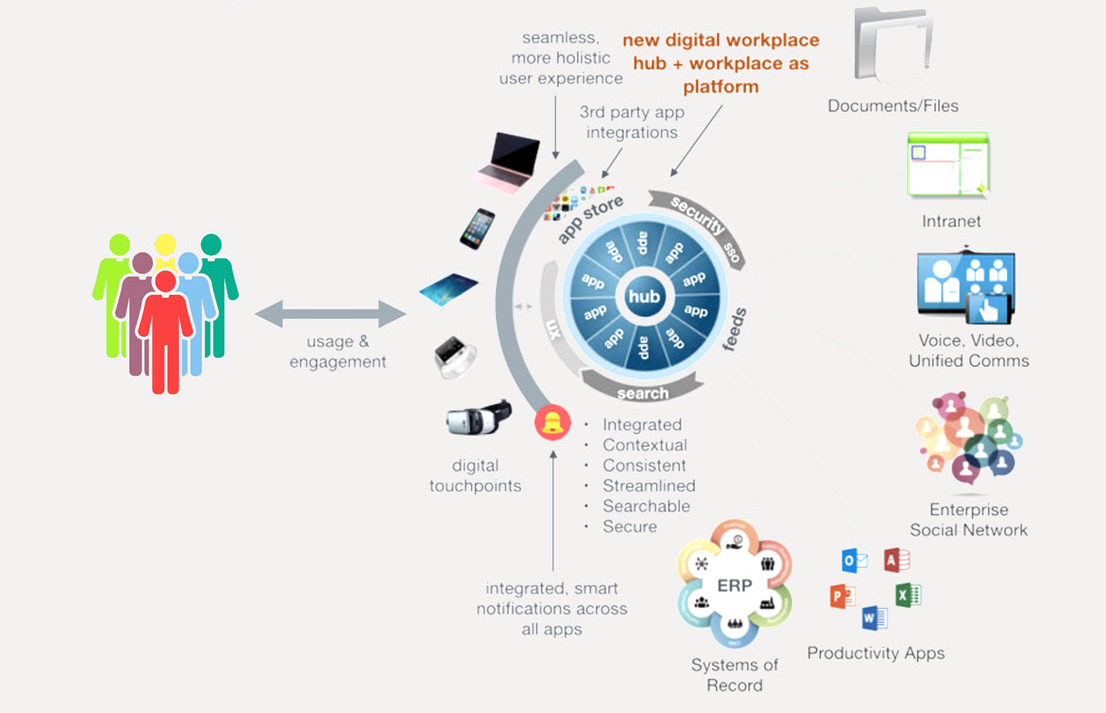
The importance of change management
Another important point is to find out how your employees deal with the digital workplace. How do they experience the operation of the soft- and hardware tools? Do they have sufficient knowledge and support to be able to carry out their tasks, or is there some kind of resistance?
That resistance among users is an important argument because it is not technology, but employees who make the digital workplace a success. This should not come as a surprise, as every project has to deal with resistance. Sometimes small, sometimes large. That doesn't mean we can't do anything about it.
In order to manage the potential resistance of the employees, it is interesting to pay the necessary attention to Change Management during the implementation of the digital workplace. In this way, employees are sufficiently supported from the start of the project, so that the changes will be accepted much faster, with less opportunity for resistance.
A proven methodology of Change Management is the ADKAR model. ADKAR is a result-oriented Change Management model that guides individual and organizational changes. The model has been around for more than 20 years and is becoming a real standard. ADKAR can continuously measure the changes within the company and directly link the appropriate actions to it, just like we do with the digital scan.
The Adkar Model
ADKAR is an acronym that represents five concrete building blocks with thresholds for employees to reach in order to achieve a lasting change.
ADKAR clearly defines the steps that need to be taken to successfully achieve a set of goals.
In this way, the model becomes a very efficient tool to plan activities and help managers and project leaders to better support their employees in various change projects.
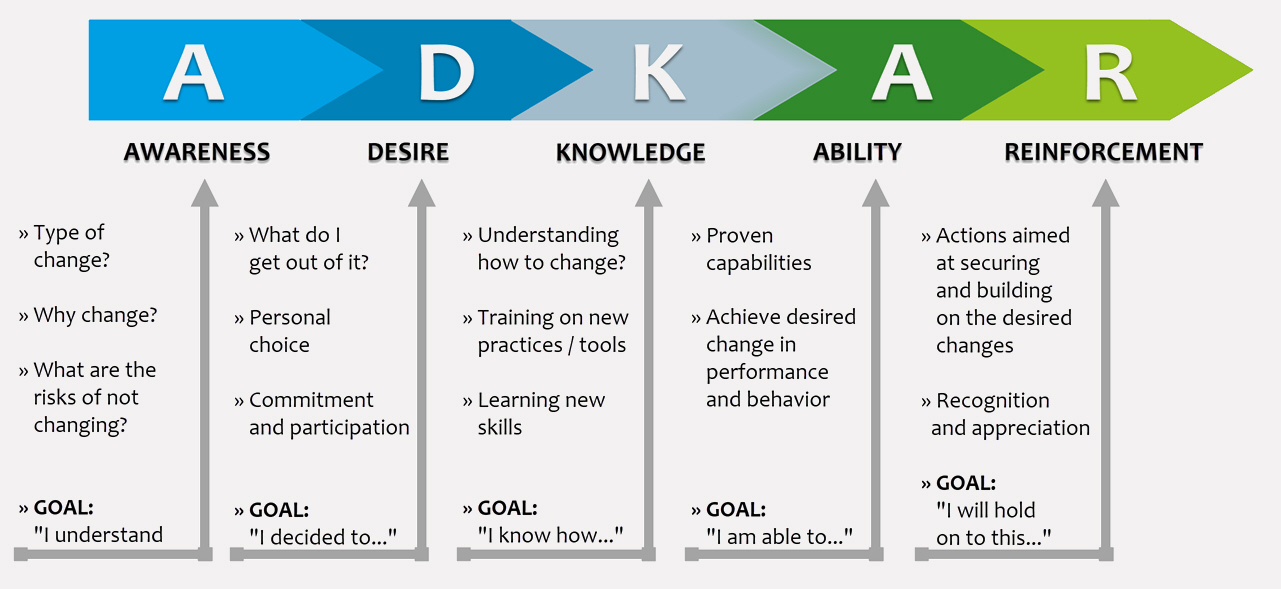
Continuously evaluate and adept
Finally, it is important to always remember that the transformation to your digital workplace is "work in progress". Improvements will always be possible. To find out what can be improved, you can run the digital scan, where it all started, again and compare the obtained results with the past results. This way you immediately have clear action points to focus on. Good luck with the rollout of your digital environment and hopefully we will soon overcome this global Covid-19 crisis together!
Interested in our approach and solutions?





